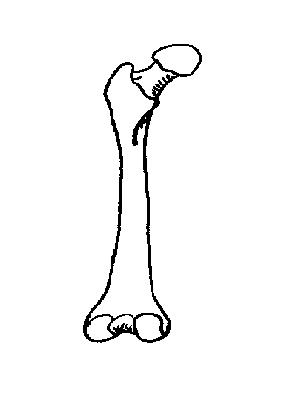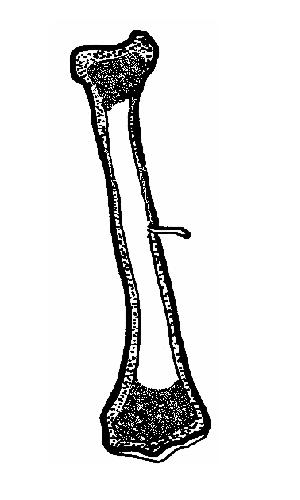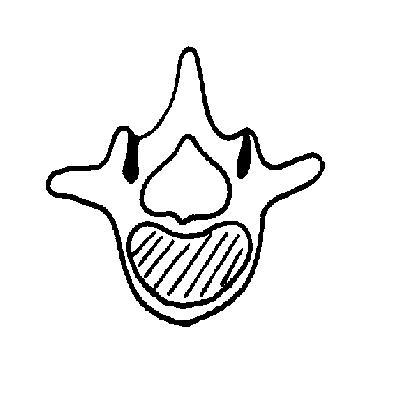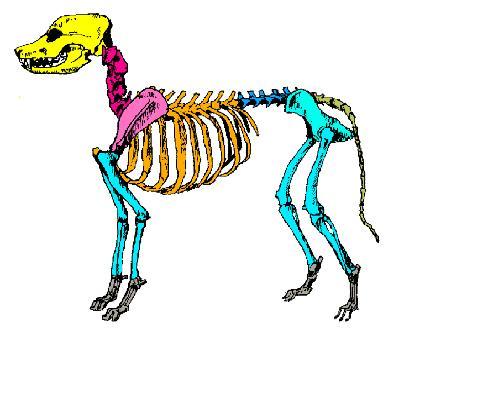The Anatomy and Physiology of Animals/Skeleton Worksheet
From WikiEducator
1. Add the following labels to the diagrams of the long bone below.
- a) Epiphysis;
- b) Shaft;
- c) Compact bone;
- d) Spongy bone;
- e) Articular surface;
- f) Red marrow;
- g) Yellow marrow;
2. Add the following labels to the diagram of the vertebra shown below:
- h) Spinous process
- i) Transverse process
- j) Body of vertebra
- k) Neural (central) canal
3. Add the following labels to the diagram of the dog skeleton shown below:
- l) Atlas vertebra
- m) Cervical vertebrae
- n) Lumbar vertebrae
- o) Sacrum
- p) Thoracic vertebrae
- q) Scapula
- r) Mandible
- s) Tibia
- t) Fibula
- u) Femur
- v) Carpals
- w) Metacarpals
- x) Tarsals
- y) Metatarsals
- z) Hip bone or pelvis
- aa) Humerus
- bb) Radius
- cc) Ulna
- dd) Ribs
- ee) Sternum
4. Cross out the statement(s) that are NOT true.
- The skeleton:
- supports and protects the organs of the body
- provides a means of locomotion
- grows throughout the life of the animal
- helps keep the level of calcium ions in the body constant
- develops from the cartilage laid down in the fetus
5. True or False. If false indicate the correct answer.
- The elbow joint is a synovial joint
- The patella is a compact bone
- The joints in the skull are fixed (immovable joints)
- Unguligrade locomotion is walking on the toenails or hoofs
- Flexion means increasing the angle between two bones
- The joint between the axis and the atlas is a hinge joint
- The articular surface of a joint is covered with spongy bone
- Ligaments join two bones together at a joint
- Plantigrade locomotion is walking on the digits only.
- The hip joint is a hinge joint.



